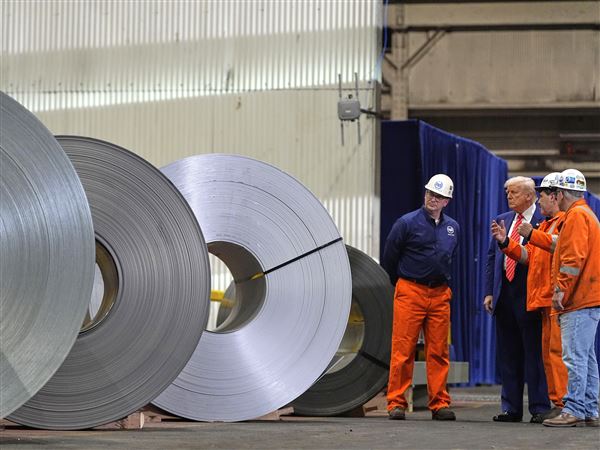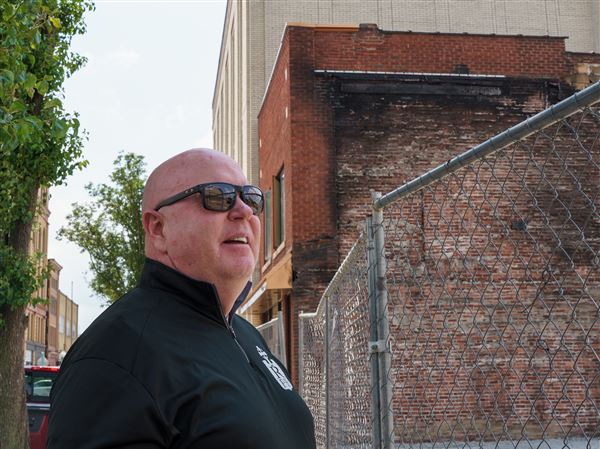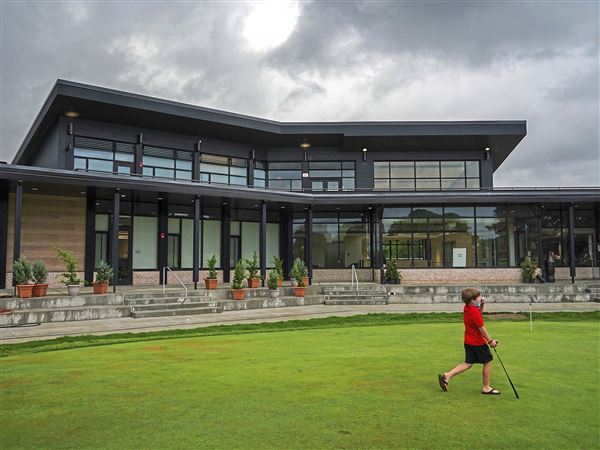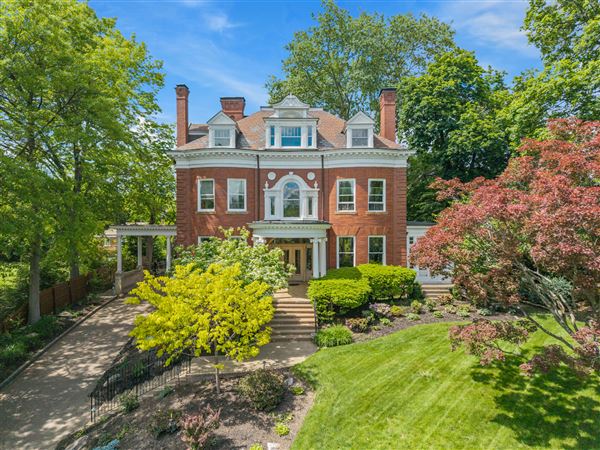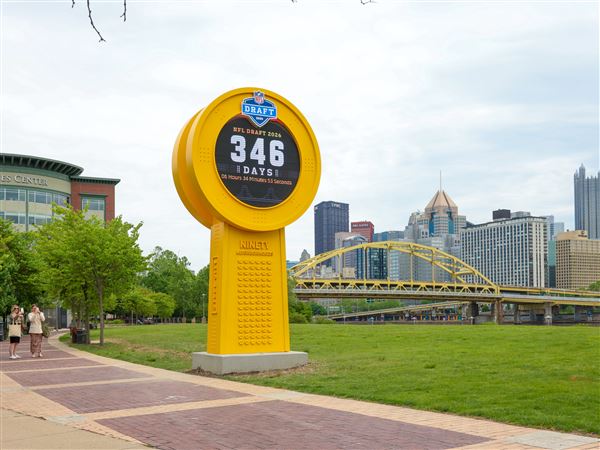A year ago today America saw the horror of Minnesota's I-35W bridge collapse, which sent drivers tumbling to their deaths into the Mississippi River. As we mark the anniversary of this tragedy, it is important to understand its systemic causes in order to avoid future disasters.
The bridge collapse should not have been unexpected. The Minnesota tragedy is part of a broader nationwide problem with structurally deficient bridges.
The span on I-35 had been classified as structurally deficient since 1990, meaning that significant load-bearing elements were impaired, although not necessarily in dangerous condition. Bridge inspectors have assigned this status to one in eight bridges across America, totaling more than 70,000, with Pennsylvania topping the list at 5,798. More than 50,000 bridges nationwide are sufficiently damaged that inspectors recommend they be replaced entirely.
The major reasons for this systematic failure are short-sighted politics and misguided policies that cause funding for bridge repair to compete unsuccessfully against money for new highways.
No powerful interest group lobbies to make sure bridge-repair funds don't get diverted to new highways. On the contrary, well-connected developers and road builders lobby aggressively for wider lanes, new branch roads and additional off ramps. Builders often prefer lucrative contracts to pour concrete and steel for new highways rather than the uncertainty of relatively complex and labor-intensive restoration and repair. Preventative maintenance is scarcely noticed or celebrated by the public, and politicians far too often prefer shiny new roadways that they can cut ribbons for and point to as accomplishments.
Any homeowner with a leaky roof or cracked foundation knows how tempting it is to put off repairs until next summer.
The state of Minnesota consistently gave in to that temptation. In fact, the state auditor found that since 2002 more than half of the highway spending in the state was directed to expanding rather than maintaining roads, despite the department's own "preservation first" policy to do the opposite. Minnesota repeatedly borrowed money for ambitious highway expansion projects while leaving insufficient funds to maintain existing roadways. State officials and local governments repeatedly pushed the transportation department in that direction.
A 10-year study by the Minneapolis Star-Tribune similarly found that state spending on new road and bridge construction rose every year and doubled between 1997 and 2007. Bridge repair funds stayed flat during the same period, despite rising costs.
Federal policies fail to foster proper stewardship of America's bridges. Perverse incentives encourage deferred maintenance. Federal formulas dole out money to states according to their outstanding costs for replacing deficient bridges, but there is little accountability to ensure that states use the money for this purpose. On the contrary, states that conduct preventive maintenance have traditionally been forced to pay for it out of scarce state general funds that are fiercely fought over for education, health care and other programs. States that defer maintenance and allow bridges to deteriorate to the point of replacement can tap into more readily available federal capital funds -- albeit at a much greater total cost to taxpayers.
The federal Highway Bridge Program allows states to transfer money between their bridge programs and other highway programs. States can steer funds in either direction. A congressional study found, however, that 36 states transferred more money out of bridge-repair accounts than into them during the last five years. Minnesota and Arizona were most lopsided, with 49 percent of bridge-fund balances going to other highway programs.
Led by Minnesota Rep. James Oberstar, the U.S. House of Representatives overwhelmingly passed much-needed legislation this month that would provide federal direction and funding, while requiring state accountability, to repair existing infrastructure. Sadly, this reform appears stalled this session as no companion legislation has been taken up by the Senate.
Unless we change the way America finances bridge repair, we remain doomed to repeat the tragic mistakes of the past.
This anniversary should be an occasion to refocus on priorities that will otherwise remain forgotten. Without public pressure for reform, our nation's crumbling bridges will remain neglected by the short attention span of politicians.
First Published: August 1, 2008, 4:00 a.m.
